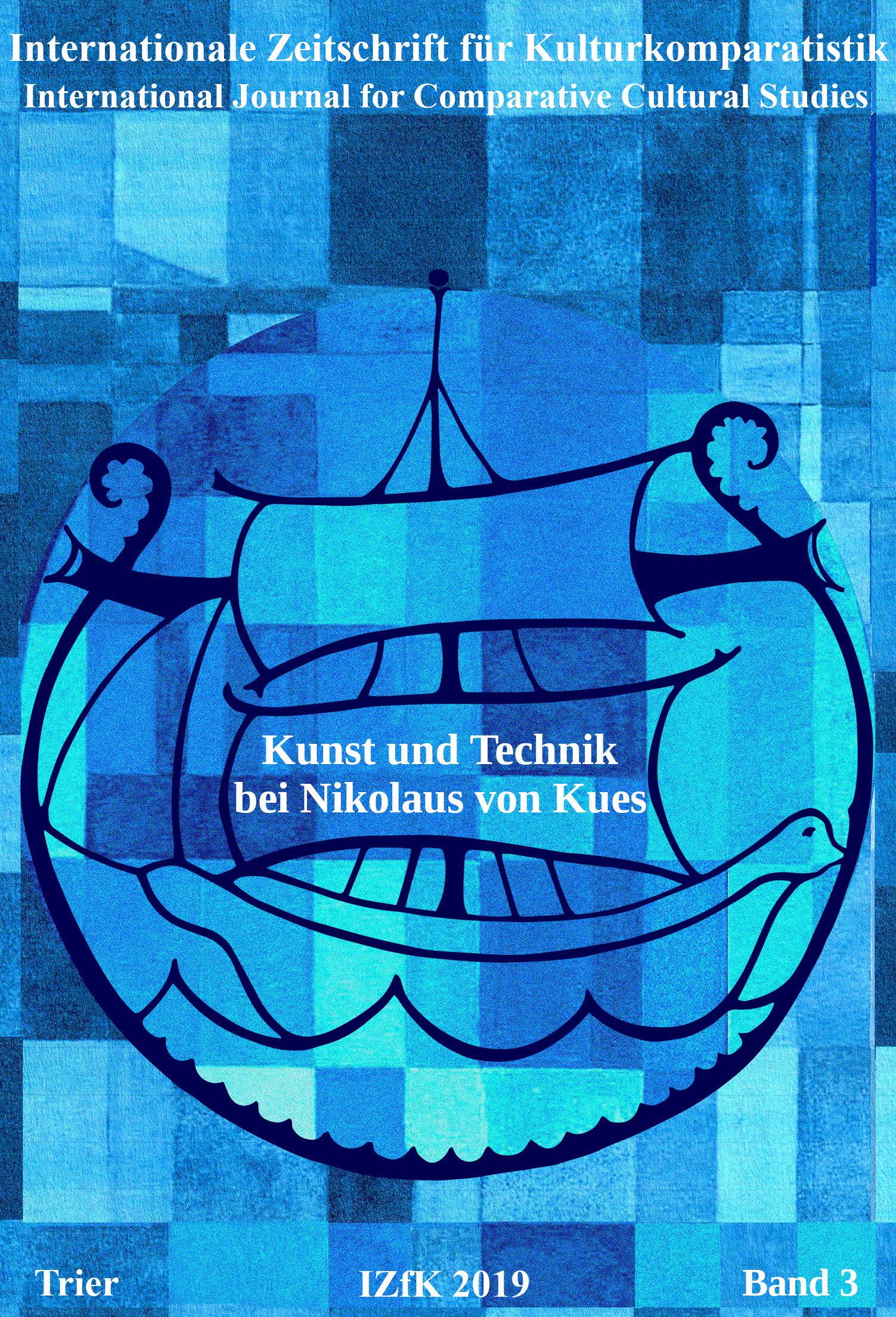Kunst und Technik der menschlichen „mens“ bei Nikolaus von Kues. Bewusstseinsformen als Grundlagen von Kulturen
Hauptsächlicher Artikelinhalt
Abstract
In the so-called Anthropocene, we pose anew the question of what man is. If humankind wants to face present challenges, the preconditions of our “Weltanschauung” come into view. Whereas in the past one used to link cultures by factors such as geography or national identity, today it seems necessary to expand the parameters of cultural comparison. Therefore, different forms of consciousness have had to be analysed as different cultural types. Aiming to describe these forms, the 15th century view is of relevance because it sets the course for the modern reflexive form of consciousness and its sciences – but also its alternatives. With that in mind, this article will focus on the example of Nicholas of Cusa. It shows that art and technology can be understood as manifestations of two different types of consciousness. One type, concerning technology and science, refers to the “anima sensibilis”, including a discursive capacity oriented towards sensual perception. The other type legitimizes and guarantees the first and consists in judging; this pure, mental process has to be actively generated. Cusanus named this type of consciousness as “viva imago”, which forms itself towards a “viva substantia”.

